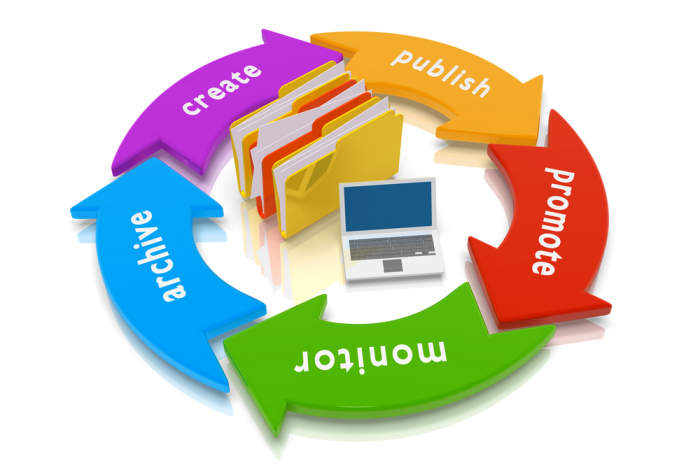Banish the Frankensystem Monster: Content Management Across the Lifecycle
In previous posts, we discussed the ever increasing evolving challenges of information management in Life Sciences, and how the “Frankensystems” we use today create confusion, inefficiency and higher costs.
If you want to banish the “Frankensystems” in your environment, there are three key things you need to do:
Select the right tool
Create efficient business processes
Develop a robust change management plan
A better mousetrap
Most tools do not address the entire lifecycle. In the figure shown, the outer ring represents the lifecycle from finding the right content to publishing and distributing the final product, and the inner circles illustrate the tools or systems that are used typically.
To manage information today, various systems are used at each step, and often (in the case of email) information or documents are handled outside the system.
Fortunately, there is now a single, end-to-end, system that includes the necessary functionality and integration for managing information in the lifecycle.
Docuvera, a cloud-based software offered by Author-It, is a unique solution that supports creation, review, approval, localization, storage and distribution of your key regulated and controlled information and documents within a single integrated system. A component-based authoring solution, Docuvera enables information reuse and ensures consistency and accuracy across documents. Content is created once and can be re-used across document types or global regions. Changes are made once and are automatically replicated throughout the document library. Provided with a clear audit trail, version control issues are eliminated. The ability to reuse content across departmental silos improves visibility and transparency while increasing efficiency and reducing costs. Some clients have avoided or reduced cost by 29-44% for document creation, and 74% for reusing information. It helps you work faster too: reducing cycle time by as much as 40-45%.
Setting up for success
Too often companies assume that a new technology or tool will fix their pain points. But without efficient business processes and effective change management, most (70%) technology implementations fail. Docuvera—or any solution—alone will not banish the monster. It needs to be supported by efficient business processes and effective change management and communication.
TransAccel Group is uniquely positioned to help design, execute and realize the benefits of an integrated, enterprise-level information management strategy. Our approach …
[ Read More ]



